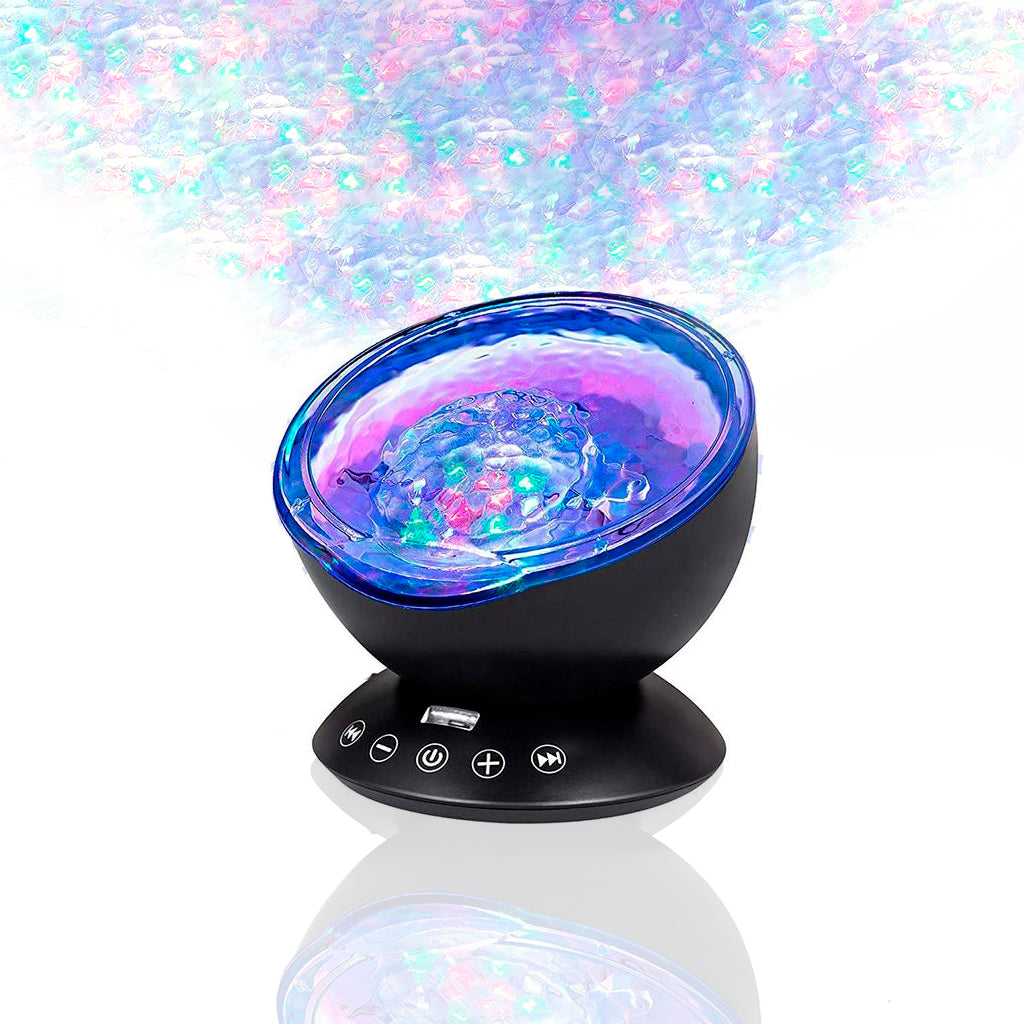
Everyday experiences can pose an array of challenges for children with textural sensitivities. For those grappling with sensory processing issues, certain textures can provoke distress, leading to adverse reactions and avoidance behaviors. However, a multitude of tools and strategies exist to support these children, empowering them to navigate their sensory environment with enhanced comfort and confidence.
Sensory integration therapy is a valuable approach that can encompass activities such as free play with mud, play dough, sand, water, or bubbles. These playful experiences are not only enjoyable but also instrumental in honing tactile processing abilities. Engaging in an activity like kneading bread dough, for instance, merges the joy of creation with the challenge of acclimating to diverse textures.
For children who find certain textures irksome, deep pressure techniques have been identified as especially efficacious. The application of firm, consistent pressure can mitigate sensory overload, instilling a sense of calm. This can be achieved through means such as hugs, weighted blankets, or therapeutic brushing. To maximize benefits, it is advisable to integrate deep pressure into the child's daily routine, assisting them in managing their sensitivities.
Moreover, for those with olfactory sensitivity, aromatherapy has been recognized as an effective remedy. Employing specific scents can foster a tranquil atmosphere, diminishing sensory discomfort.
Creating a sensory-friendly environment at home and in educational settings is paramount. This involves minimizing contact with irritating textures, opting for seamless clothing, and removing tags from garments. Allowing children to partake in selecting their attire can significantly elevate their level of comfort.
Introducing new textures should be a gradual, non-threatening process. Sensory bins brimming with diverse textures can invite exploration within a controlled milieu, enabling children to interact with new sensations at their own pace.
A foundation of understanding and empathy is essential in supporting children with textural sensitivities. Recognizing the authenticity and intensity of their discomfort is crucial. By cultivating a supportive atmosphere and deploying suitable strategies, caregivers can aid their child in developing the requisite skills to cope with their sensory processing challenges.
For those seeking further resources, the following websites offer an abundance of information and products designed to assist children with sensory processing difficulties:

Patience and experimentation are key in discovering the strategies that resonate with your child's unique needs. With the appropriate tools and approaches, children with textural sensitivities can improve their ability to process sensory information, allowing them to engage more deeply with their surroundings.
As you and your child traverse the landscape of sensory processing, bear in mind that their challenges also present opportunities for growth and enlightenment. Your support and insight are invaluable, enabling them to navigate their sensory experiences. Each small stride not only alleviates their discomfort but also fortifies their capacity to appreciate their distinctive mode of interaction with the world.










Leave a comment